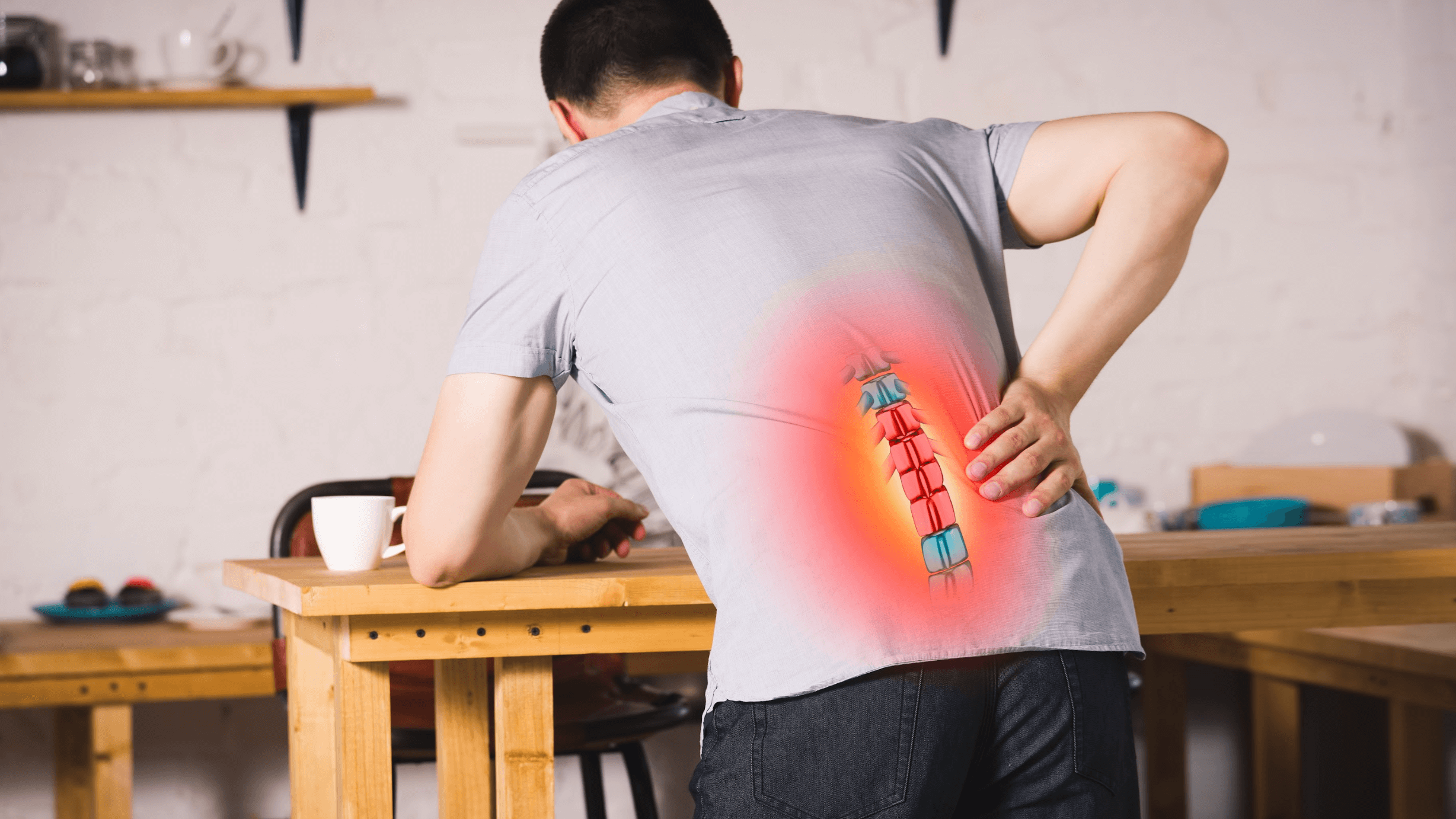Spinal Stenosis Pain Relief: Exploring Your Nonsurgical Treatment Options
&srotate=0)
Living with spinal stenosis, which can result in foot drop, can be painful and disruptive to your everyday life. This condition, caused by the narrowing of the spaces within your spine, puts pressure on the spinal cord and nerves, leading to symptoms such as pain, numbness, and muscle weakness. While surgery may be necessary in severe cases, there are a variety of nonsurgical treatment options available that can help relieve your pain and improve your quality of life.
At Spine Care of North Texas, Plano, TX board-certified spine surgeon Dr. Kendall Carll specializes in both surgical and nonsurgical solutions for spinal stenosis. For many patients, noninvasive treatments can provide significant relief without the need for surgery or a lengthy recovery period. Here, you'll find answers to common spinal stenosis FAQ, including information about which spinal stenosis treatments don't require surgery.
What are nonsurgical spinal stenosis treatment options?
Dr. Carll believes in offering patients comprehensive treatment plans that start with the least invasive options and have the lowest potential for unwanted side effects. Depending on the severity of symptoms and the cause of spinal stenosis, Dr. Carll may recommend one or more of the following nonsurgical foot drop treatments:
- Specialized exercises and stretching
- Physical therapy
- Using a foot brace
- Spinal injections (corticosteroid injections)
- Oral medications, like anti-inflammatories and muscle relaxants
These nonsurgical treatments are often successful in reducing pain and improving mobility for patients with mild to moderate spinal stenosis. However, if symptoms persist or worsen, surgical intervention may become necessary.
When is surgery recommended for spinal stenosis?
While nonsurgical treatments can be effective for spinal stenosis management in many patients, there are cases where surgery may be the best option possible for long-term relief. Dr. Carll may recommend surgery if:
- Your spinal stenosis symptoms worsen despite nonsurgical treatments and conservative therapies
- You experience severe pain, weakness, or numbness
- You have difficulty walking or standing for extended periods
In these cases, Dr. Carll may suggest a minimally invasive procedure to remove the portion of the vertebra that is compressing the spinal cord. This is often done through spinal decompression surgery, where a small section of bone is removed to give the spinal cord more room. Depending on the patient's condition, this procedure may also involve spinal fusion to stabilize the vertebrae.
Which spinal stenosis procedure do I need?
The most appropriate treatment plan for spinal stenosis will depend on several individual factors, including the location and severity of your symptoms. During a personalized consultation at Spine Care of North Texas, Dr. Carll will carefully assess your condition and discuss available options at length. Whether you're a candidate for nonsurgical treatments like physical therapy and spinal injections or would benefit most from a more advanced approach like surgery, Dr. Carll and his team will develop a customized plan to help relieve your pain and restore the quality of life you deserve.
Nonsurgical spine treatments can help you find rapid, lasting relief from spinal stenosis pain in Plano, TX
If you're living with the pain and discomfort of spinal stenosis, don't stand by and suffer any longer. At Spine Care of North Texas in Plano, TX, board-certified spine surgeon Dr. Kendall Carll offers a full range of advanced nonsurgical and surgical options to help patients find relief from spinal stenosis, restore mobility, and more. Contact us today to schedule a consultation, and learn more about how we can help you manage spinal stenosis pain and get back to doing the things you love.